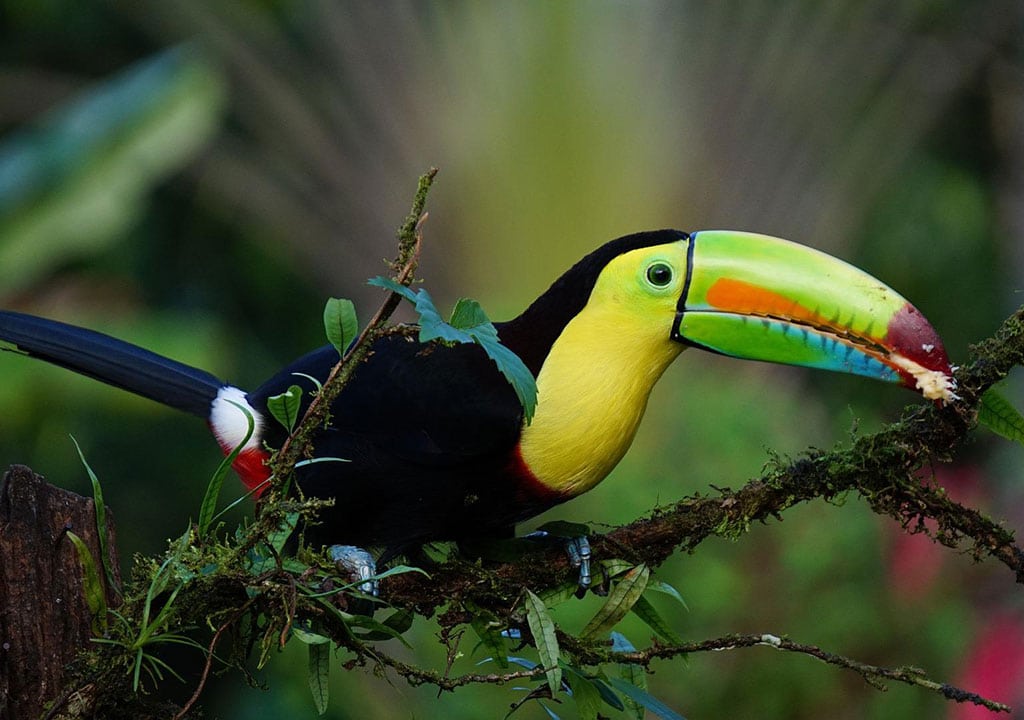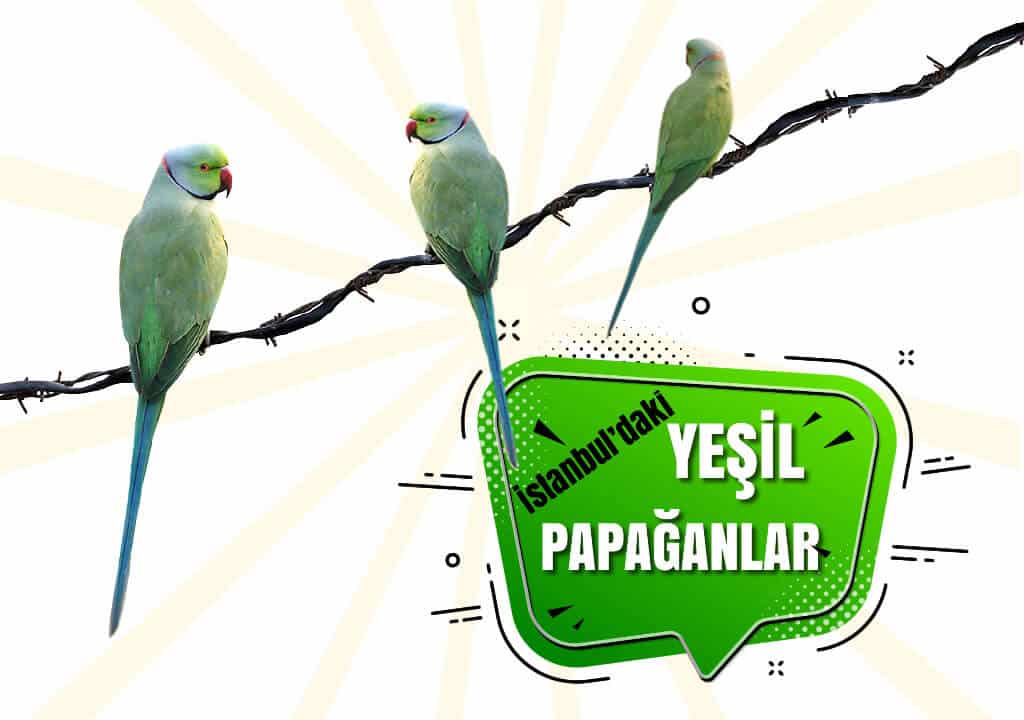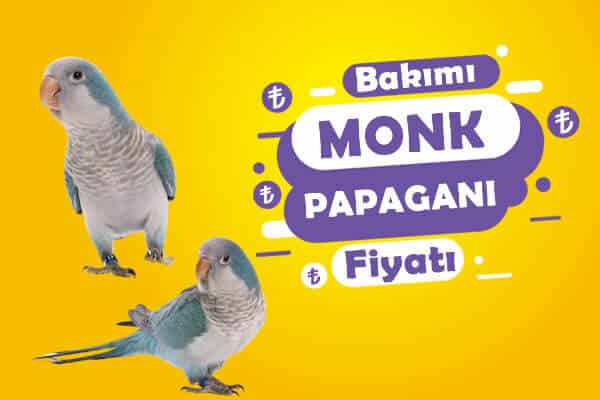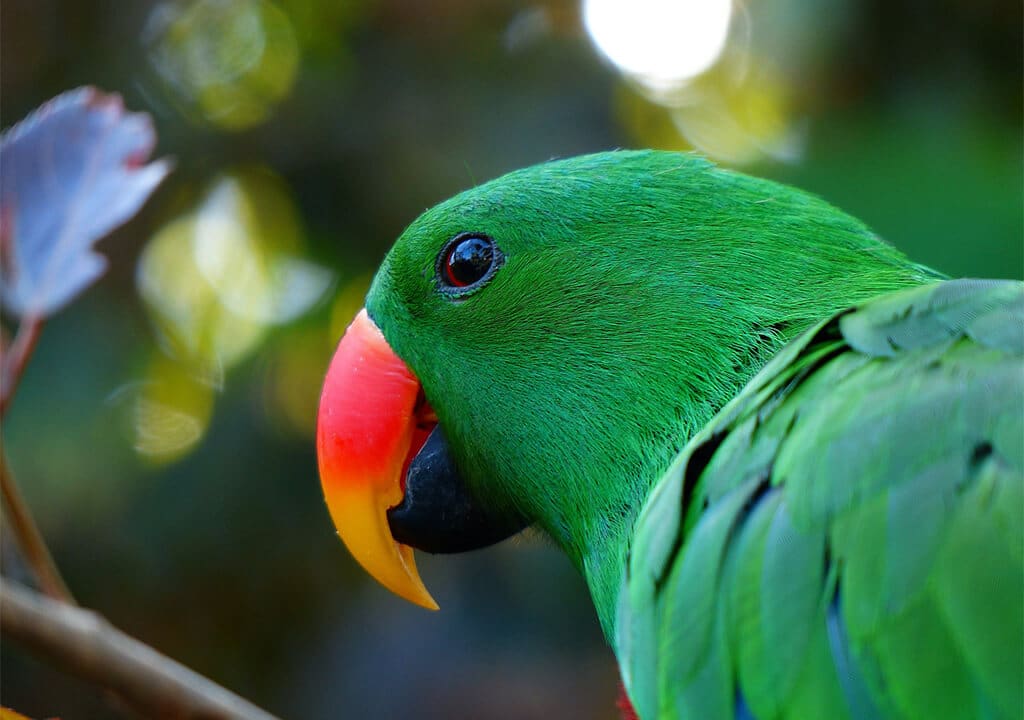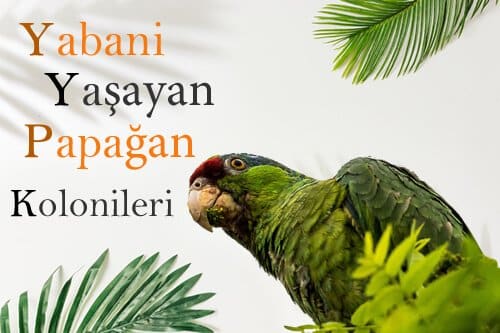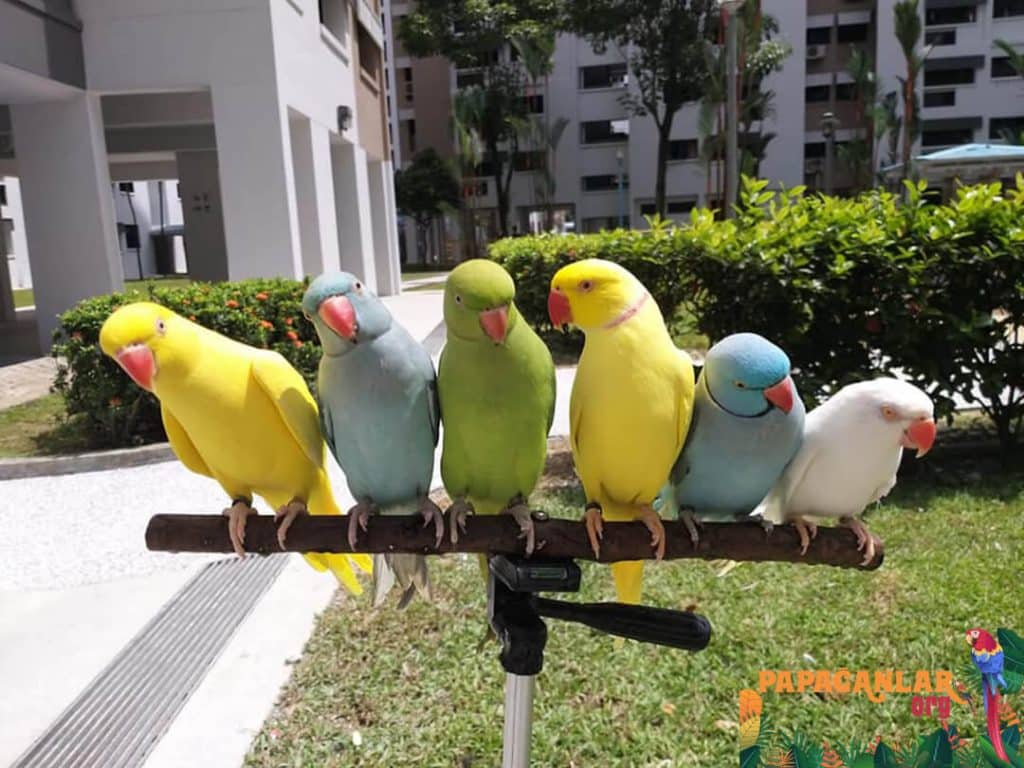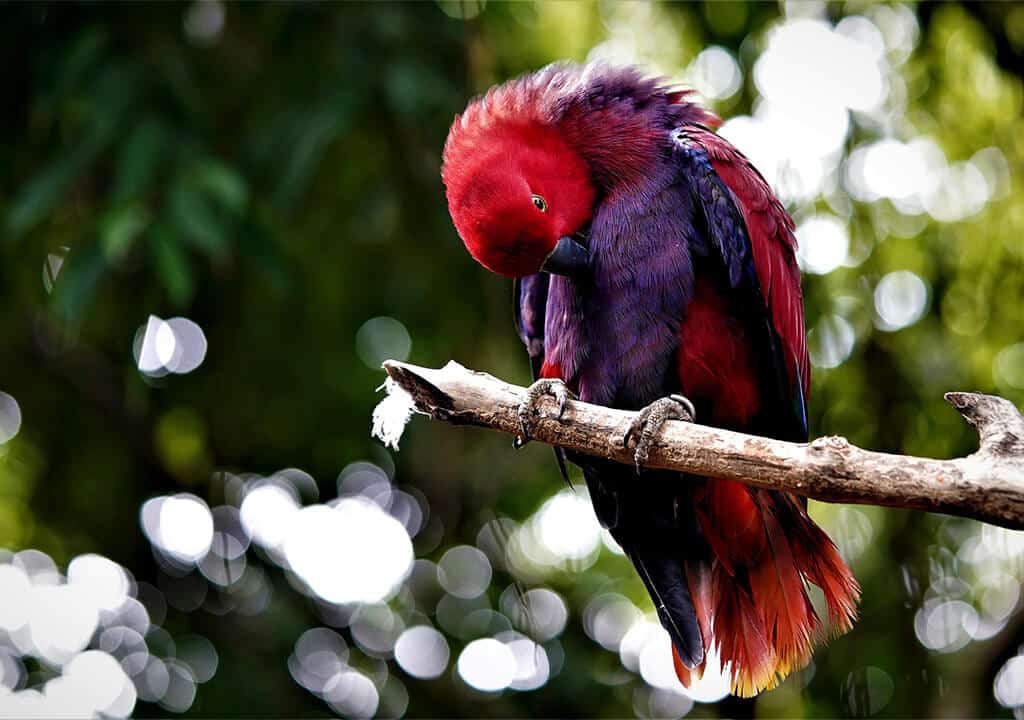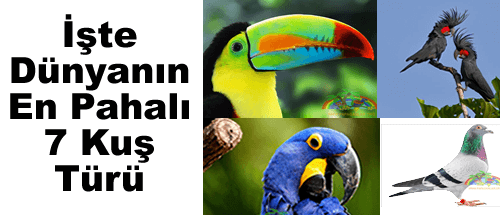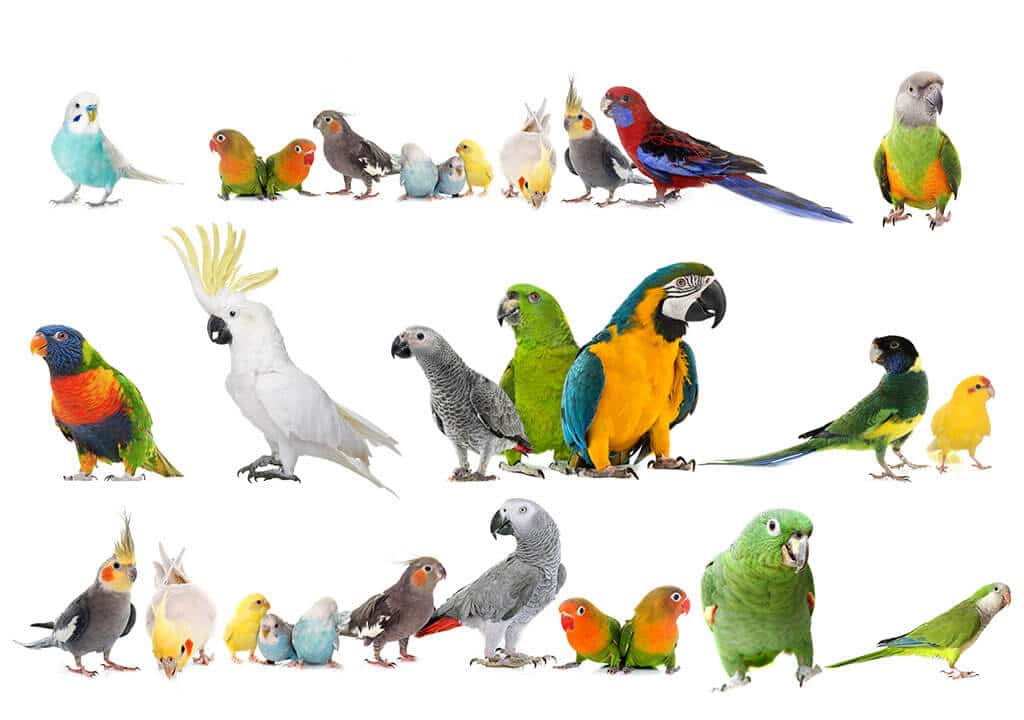Blog
Popular Parrot Species
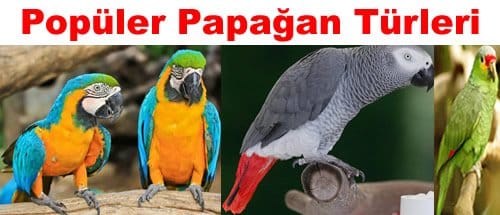
Large parrots do well as well-loved pets. While it can be a lot of fun to play and have fun at home, there are a few things you should know before getting a large parrot as a pet.
Perhaps the most important and little-known fact about these extremely intelligent birds is that they get bored easily if not given enough mental stimulation. A lack of social interaction can cause behavioral problems and even physical illness in larger birds.
It is imperative that owners of large birds realize that the bird has to feel like a flock. Without a high level of social interaction and plenty of time to play outside of their cages, large birds will have trouble keeping captive.
However, for people who are committed to caring for them properly, a large parrot can offer a unique companionship and a unique pet owner experience.

1. Blue and Gold Macaws
Blue and Gold Macaws parrots to a well-known breed that has gained popularity as a pet for many years. They are extremely intelligent and generally take good care of learning tricks and learn to speak.
Blue and Gold Macawshave strong personalities and are happiest in homes that specialize in petting, experienced parrotowners and friendly behavior. When you tame a Blue and Gold Macaw, you can expect a significant amount of socialization out of the cage time.
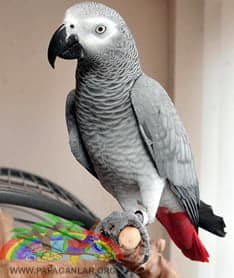
2. AfricanGray Parrots
World-renowned scientist Dr. The works of Irene Pepperberg and her famous parrot “Alex” drew attention to one of the most popular large parrot species, the African Gray Parrot.
The Gray Parrot’s intelligence and emotional capacity are often compared to the intelligence and emotional capacity of a 5-year-old (remember that they don’t go beyond 5-year-old maturity, although fascinating enough to sound human). These birds are so intelligent that many African Gray owners have to constantly think of new ways to keep their pets in cages.
A bored, unattended African Gray can quickly become a destructive escape artist; Consider that in the wild, parrots must chew from tree to tree to create their habitat. If left to their own devices in captivity, African Gray Parrots will revert to this innate behavior and will chew when wood is available.
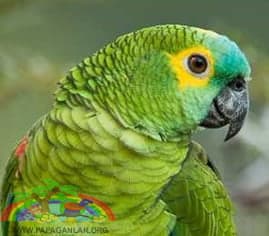
3. Yellow–Haired Amazon Parrots
One of the best speakers of the Blond Parrot family, Yellow-Haired Amazon Parrots have a lot more tricks in their repertoire besides their speech. These sweet birds have sunny dispositions and bond closely with their human owners, making good companions.
Anyone considering adopting a Yellow Feathered Amanira should be aware that these birds can live for more than 70 years if properly cared for.
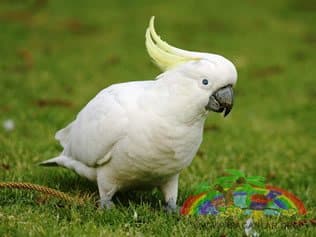
4. Cockatoo Parrot
The beautiful and unique Cockatoois a large parrot that comes in two different sizes. The Big Cockatoo Crested is about 50 satms long, the Little Cockatoo Crested is about 35-40 inches from beak to tail feathers. However, apart from their size, they both have very similar characteristics.
Like all birds of the cockatoo family, cockatoos have a reputation for being very cute. You should spend time each day interacting with their owners (what they consider to be their close friends) so as not to become emotionally disturbed. These charming birds will be a true source of love to your family, they need love very high care when it comes to their emotional needs.
5. Eclectus Parrots
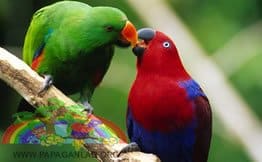
The beautiful and prized eclectus parrot is another great bird that offers bird lovers several options. As sexually dimorphic species, male and female Eclectus each have very different plumage. Males are bright, vibrant green colours, while females are a beautiful deep red with bluish purple on their chest and abdomen.
There are three different subspecies of Eclectus Parrots, and this variety is even more diverse. Like many other large parrots, Eclectus has a very long lifespan. Many have been known to live in captivity for over 50 years with the right care.




